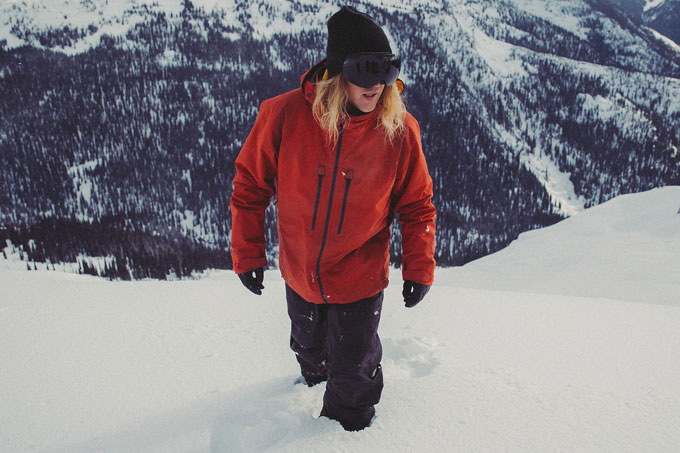Your Snow Outerwear Might be Doing More Harm Than You Think – Gear Locker
![]()

The gear we wear enables us to go to some amazing places and environments, but have you stopped to consider the impact your gear has on those places? Image:: Burton
Transfer x Burton | Alex Dillenbeck
Do you ever wonder where the garment you’re wearing actually comes from? How the fabric was sourced, or how the factory it was made in treats its workers, its impact on people and the planet?
It’s an unfortunate reality that few consumers realize the complexity of what they buy. Over 2,000 litres of water are used on average to make one pair of jeans, and over 2,000 chemicals are used in textile processing alone. In fact, over 500 chemicals can be present in a single garment! And we’re barely scratching the surface.
It’s next to impossible for any company to monitor and track each step in the production line, including the facilities that make the fabric, dye the fabric, treat the fabric, manufacture it, and so on.
This is where Burton’s partnership with bluesign® comes in, a group in Switzerland that is a leader in environmental health and safety in the manufacturing of textiles worldwide.
bluesign® Technologies was founded in 2000. The goal was, and still is, to unite the entire textile supply chain in order to reduce its impact on people and the environment. In order for something to earn bluesign® designation, it must be responsibly crafted with a natural resource-efficient manufacturing process, with clean air and water emissions, using only those chemicals that are deemed safe for people and the planet.
Unifying the global textile industry is a daunting task, which is why Burton got involved and is going all-in to help create a healthier industry.

Great gear is an investment, why not make sure your investment is in a product that is available without a cost to the environment. Image:: Burton
Burton Director of Global Sustainability, Ali Kenney, says, “With our product being produced this year, we feel we are as committed (or more) than any other brand out there for safe and responsible chemicals, materials, and production of our softgoods. Hopefully, our push in this direction will bring more and more brands along with us toward more responsible product.”
Burton’s commitment to sustainability is based on a goal to reduce their overall impact on our environment and the people in it. Going forward, Burton has a brand goal of achieving 100% bluesign® softgoods, so you can trust that they’re doing the right thing and that you’re buying the safest and most environmentally responsible product.
As the industry comes together, and more companies adopt the bluesign® System, the future becomes a little brighter for everyone.
Learn more about Burton’s sustainability efforts here: https://www.burton.com/




